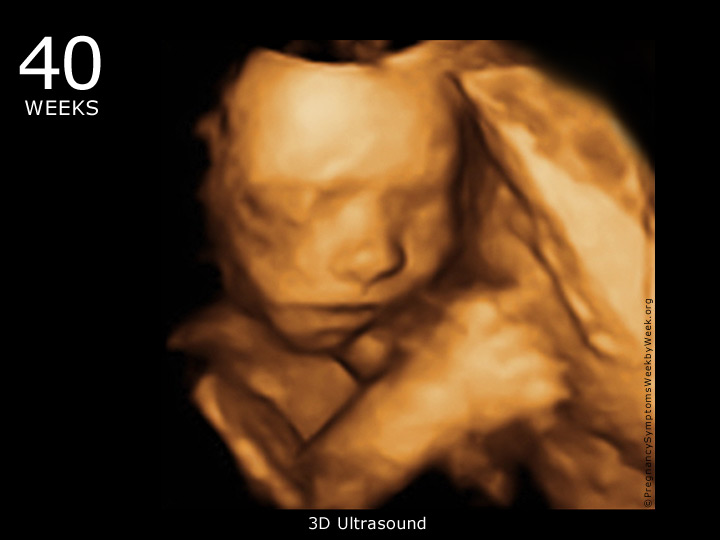

Transition contractions are long (up to two minutes) and strong, with short breaks in between. It’s often the hardest and most difficult part of labor, the time when people say “I can’t do this!”. Transition is the time when the cervix changes from 8-10 centimeters. Transition contractions: Baby on the way. You may need more emotional reassurance or help with comfort measures during this time.Ĥ. Most people experience these types of contractions as painful, in both the front and back of the uterus. This is usually when your doctor or midwife suggests it is a good time to head to your chosen place of birth-when contractions are strong, regular, and progressing (getting closer together). Things are picking up in active labor, with contractions coming closer together, from about 4-5 minutes apart and lasting around 30 seconds to a minute. Active labor contractions: Now it’s go time.
Contractions 12 minutes apart tv#
If that’s not your thing, trying to distract yourself with other activities (like walking, cooking, or watching a favorite TV show or movie) is a good idea, too.ģ. Ask your partner to help you create a space to rest through early labor, with low lights and a calm vibe. When you are in early labor, you should aim to stay home as long as possible. To help figure out if you’re experiencing early labor contractions or Braxton Hicks, you can start timing contractions and look at the pattern. You may be able to sleep or do other activities while experiencing them. Usually, they’re intermittent and variable, seven to ten or even twenty or more minutes apart.

These contractions may be slightly uncomfortable and feel like mild to moderate menstrual cramps. Early labor contractions: Go time… but not quite yet. Just a gentle reminder again, these little twinges are normal and no reason to grab the hospital bag and run out the door. You may feel more of them at night, especially after a long day. Dehydration or exertion can bring them on. Often you will feel a quick hardening or tightening of the uterus, usually felt in the front. They are totally normal and usually start in the second trimester. Named after an English doctor, Braxton Hicks contractions are essentially “warm up” contractions. Braxton Hicks: Your everyday contraction. The six types of contractions you may experience. Let’s break down six types of contractions you can to expect to feel before, during, and after labor. Even within those categories, there are still different types of contractions to prepare for. But to many, decoding the activity of the uterine muscle can be confusing, especially when it comes to the telling the difference between non-labor and labor contractions. In the end, uterine muscle contractions are what will help you in labor, pushing your baby down the birth canal and out into the world (woohoo!). Contractions are a normal part of pregnancy and occur when the uterine muscle tightens and flexes, just like flexing any other muscle.


 0 kommentar(er)
0 kommentar(er)
